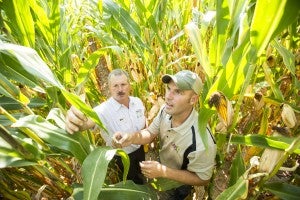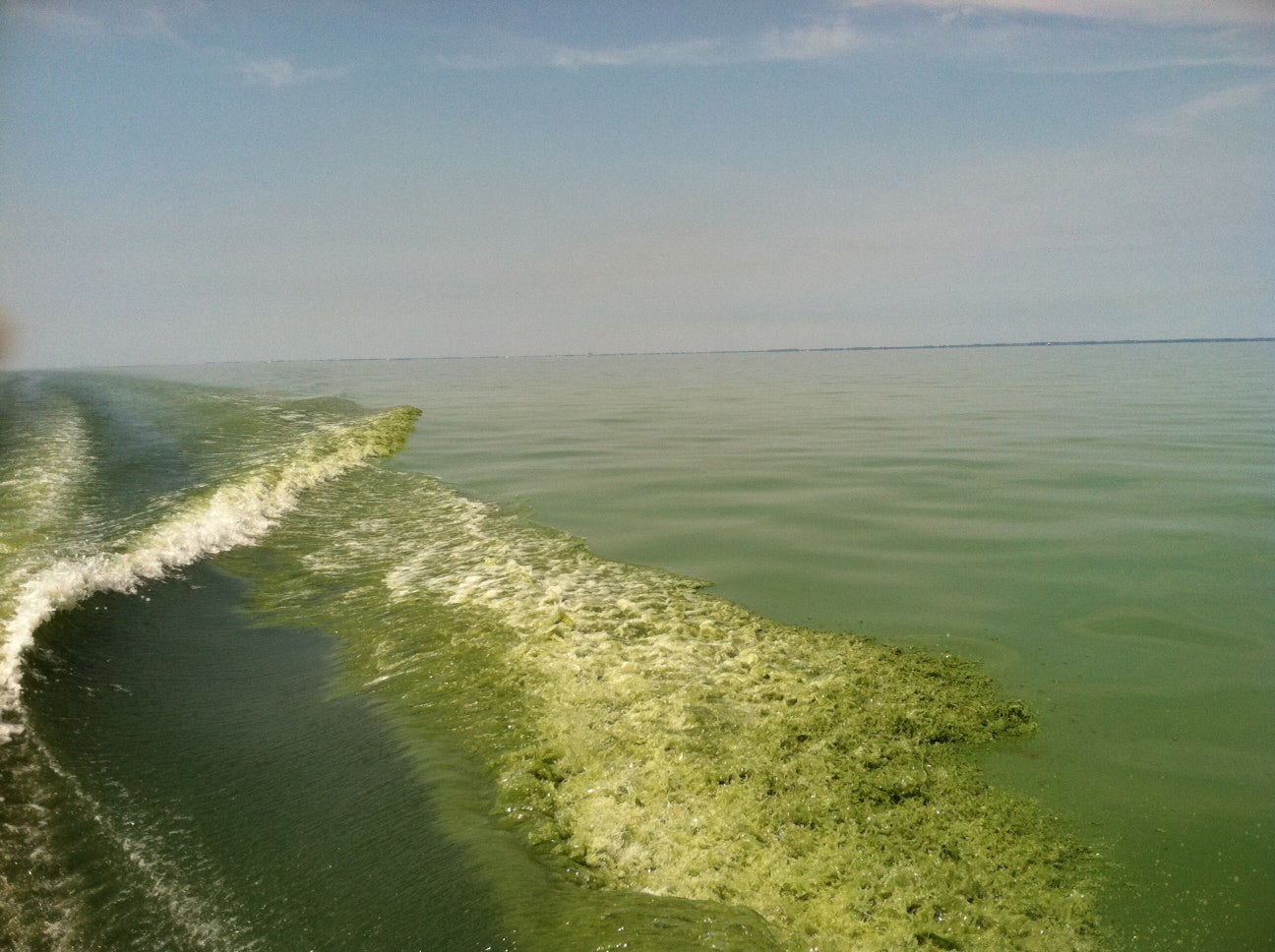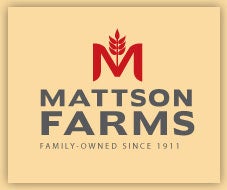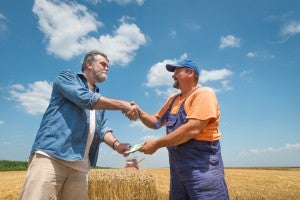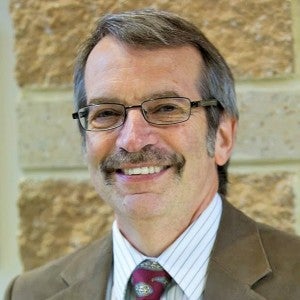
Dr. Eric Davidson. Image Credit: Jennifer Amendolara
A panel of experts forms the foundation of NutrientStar, the newly independent, science-based program that reviews the performance of commercially available nutrient management tools. This panel reviews all tools based on established scientific criteria and their ability to improve fertilizer efficiency in the field. The panel is a “who’s who” of fertilizer efficiency experts from across the country – from academia, government agencies, and the private sector.
And now, this eight-member panel can add to its ranks a new member: Eric Davidson, professor and director of the Appalachian Laboratory at the University of Maryland Center for Environmental Science.
Davidson, an ecologist, researches biogeochemical processes including the exchange of plant nutrients from the land to streams and groundwater, and the exchange of greenhouse gases between the soil and the atmosphere.
I asked him about his current research, his nitrogen expertise, and why he believes the NutrientStar model can be replicated at scale to improve water quality in places like the Chesapeake Bay.










